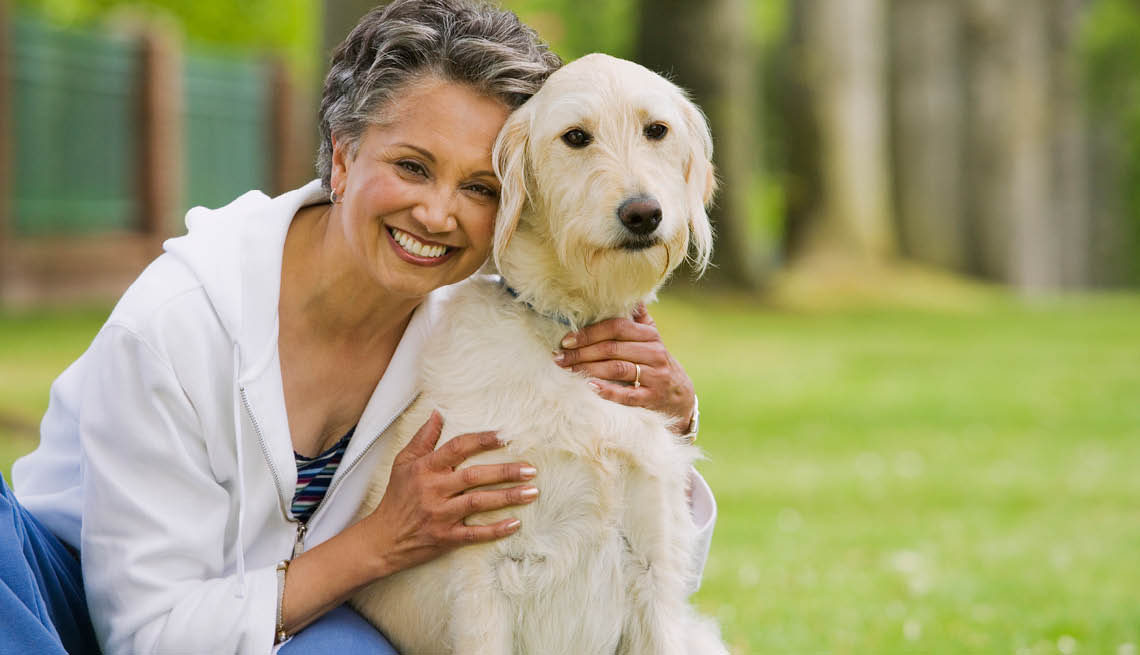The 10 Fundamentals of Dog Care
The best advice for when you welcome a furry family member home
One of the many remarkable things about dogs is their simple approach to life. They savor a vigorous scratch, a loyal friend, a good meal, and a fun game of fetch – without fretting about what it all means or what’s next. But when it comes to caring for dogs and setting them up for a healthy, happy life, things aren’t always so simple.
“Give them lots of love” is a given. Beyond that, there’s a lot more to know. Start with these 10 simple but essential principles, and you’ll be on the way to giving your dog the best life possible.
1. Your life is going to change
While dogs are many wonderful things – loyal, joyful, and often funny, to name just a few – they aren’t exactly convenient. This new family member depends on you, so you’ll have to be there – to walk them, play with them, and just spend time with them. In exchange for the added responsibility, your dog will transform your life in amazing ways.
2. Your dog should have choices
You’ll decide what your dog eats, when they go out and play, the boundaries observed in your house, and more. But your pet is a living being with feelings and preferences. So, if your dog isn’t in the mood to play or cuddle, give them space. Don’t force them to socialize with other dogs they don’t like. If they want some time alone, give it to them.
3. Training is ongoing
Giving your dog choices doesn’t mean letting them do whatever, whenever. Training is key to raising a well-adjusted pet, and it’s not something you only do for a few weeks when you first bring your dog home. Your dog continues observing their environment and gathering new information long after puppyhood. Continue to reinforce the most useful skills, like recall, and be consistent about encouraging only behaviors that you find desirable. Rewarding good manners is fun for both of you!
4. A crate is a good idea
Crates can be a huge help with potty training, creating a sanctuary where your dog can spend quiet time alone, and an essential tool when you need to transport your pet safely. The secret is to make the crate a pleasant, safe haven and not use it as punishment. Stock it with a comfy bed, favorite toy, a meal, or tasty chew, and use a cover to make it an inviting den.
5. Socialization is key – and not just with other dogs
The more novel stimuli your dog experiences in puppyhood, the more likely they are to interact with them as an adult calmly. Exposure to other dogs, different people and settings, appliances, forms of transportation, weather conditions, noises, and other everyday phenomena will help them grow into well-balanced adults.
6. Your dog needs lots of exercise
Many dog owners underestimate how much activity their dogs need, both physically and mentally. Long walks, training, organized activities like agility, and mental challenges like food puzzles can help keep your dog healthy, happy, and relaxed. Let your dog’s age and body condition inform the intensity of their exercise sessions.
7. Be proactive about veterinary care
As it is for humans, preventative care is a vital part of keeping dogs healthy. Schedule regular vet visits, keep up with vaccinations, and communicate with your veterinarian so every trip to the office isn’t a crisis. Know your dog’s breed predispositions and watch for related medical conditions.
8. You have to brush your dog’s teeth
Every day, ideally. Brush with a toothpaste made for dogs, watch for warning signs like tartar and bad breath, and make sure the vet does regular dental checkups. Over 80% of dogs suffer from dental disease by the time they hit three years old.
9. Keep your dog at a lean, healthy weight
Maintaining a healthy weight and lean body condition are the most accessible and effective ways you can look out for your dog’s long-term well-being. Obese dogs face an increased risk of cancer, arthritis, kidney disease, thyroid issues, diabetes, and more. While exercise is an important part of keeping your dog in good shape, precise food portions are key.
10. Your dog needs good, real food
Speaking of food, it’s one of the most essential yet easiest to overlook facets of dog care. Many dog-food bags feature wholesome ingredients or jargon like “superfoods,” but what’s inside most of those packages is a heavily processed, dried product that’s anything but healthy.
Providing balanced nutrition in the form of fresh, lightly cooked meat and vegetables can have a big impact on every area of your dog’s health and it’s one of the most important steps toward keeping your dog healthy and happy.






